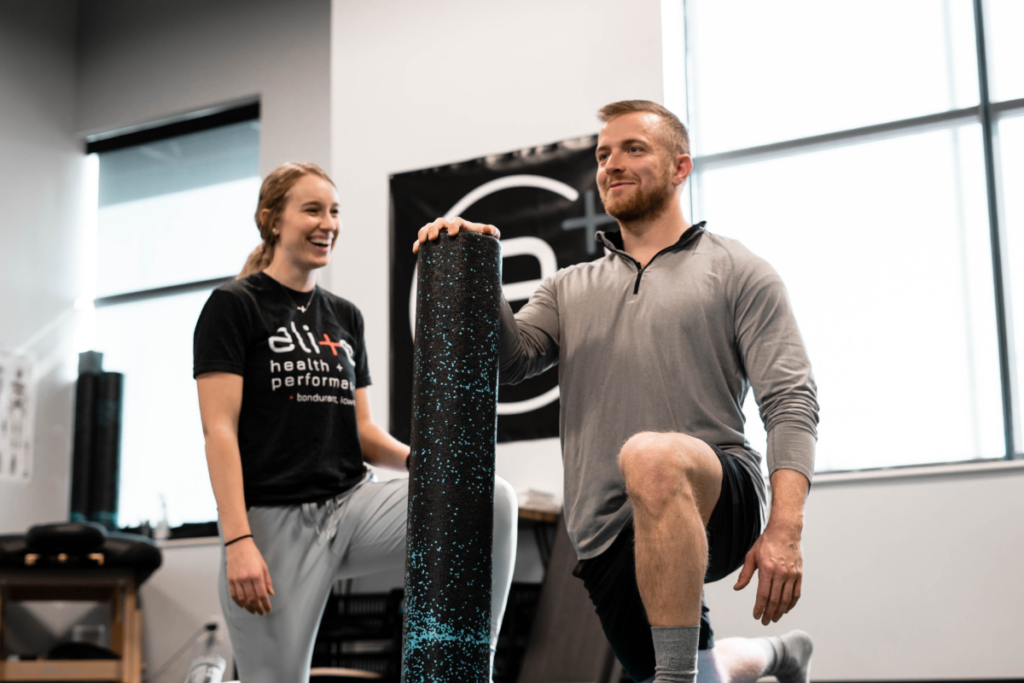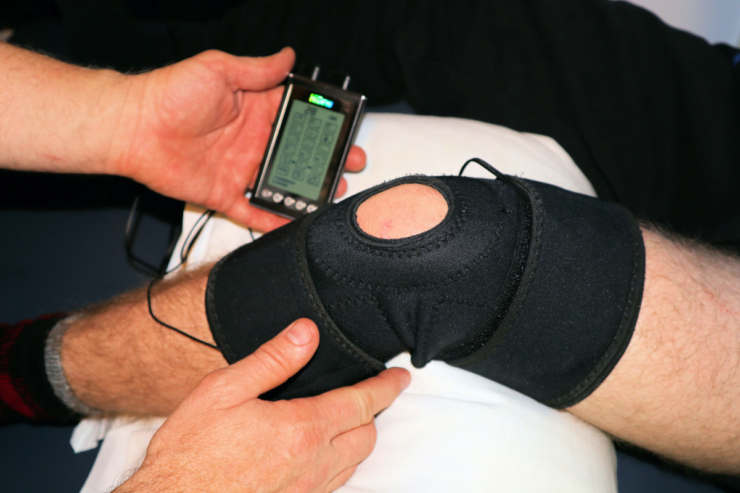Knee pain is a common orthopedic issue individuals face. Knee pain makes it difficult for people to perform certain activities such as walking, climbing stairs, rising from a chair, or playing sports. The cause of knee pain can be due to a sudden movement or direct blow, which strains the knee past its normal range of motion. If you’re living with a painful or achy knee, you’re not alone. A physical therapist can help you diagnose your knee problem and provide a treatment plan.
Common Problems With The Knee
Chances are you’re facing a knee joint problem if you’re experiencing knee pain.
- ACL Tear
- Patellar Tendonitis
- MCL Strain
- Meniscal Tear
- Baker’s Cyst
- Osteoarthritis
- Arthroplasty
- Chondromalacia Patella
- Patellofemoral Syndrome
- Osgood Schlatter’s Disease
- Quadriceps Rupture.
You need to contact your physical therapist if your knee pain is severe. A physical therapist can help you select the proper treatment plan based on your knee pain’s location and symptoms.
How Does Knee Pain Feel?

Knee pain gradually develops due to repetitive trauma. You can feel pain in different areas of the knee, depending on the structures involved. Here are a few areas in which pain can occur and the structures that may be involved:
Lateral knee pain
This pain can occur outside of the knee. This happens to athletes when the muscle outside of your thigh, known as the iliotibial band (ITB), becomes irritated. You will feel pain when performing activities such as running, walking, or climbing the stairs.
Anterior knee pain
This is a pain around the kneecap, which is caused when the kneecap moves out of position. This type of knee pain commonly affects younger women and may be due to extensive injury. Pain often occurs when climbing the stair or performing activities like squats.
Medial knee pain
This knee pain occurs when the medial meniscus becomes irritated due to direct injury. You will feel pain when moving downstairs, squatting, moving up or down an incline.
Pain caused by osteoarthritis
This pain occurs in the knee when the cartilage has broken. This type of knee pain starts as mild and worsens if not treated. You may find it challenging to walk long distances, fully straighten and bend the knee, squat to sit, or climb stairs.
Pain caused by a ligament tear
This occurs when you bend the knee with your foot on the ground or when there’s a blow to the knee. You will experience immediate swelling and pain, and the knee may feel unstable.
How Is Knee Pain Diagnosed?
Your physical therapist will diagnose your condition based on your knee symptoms and recommend a treatment plan. To help diagnose your knee problem, your physical therapist may ask you the following questions:
- Do you notice swelling?
- Did you twist or bend your knee?
- Where exactly are you feeling the pain in your knee?
- Do you find it challenging walking up and downstairs?
- Does your knee hurt when you twist or turn quickly?
- Did you notice a “tearing” sensation when you get injured?
- Do you feel any pain when you bend or straighten your knee?
- Do you have a problem sitting with your knee for long periods at the movies or on an airplane?
- Have you ever felt like your knee will give way or your knee is “locking” or “catching”?
How Can A Physical Therapist Help?
A therapist can help you develop a personalized treatment plan based on their evaluation to ensure a safe return to your routine activities. Depending on the severity of your knee problem, your lifestyle, and your age, the therapist may select treatment techniques that include:
- Manual therapy: A physical therapist will utilize this therapy method to gently guide the movement of the knee and help you heal joints and improve mobility.
- Therapeutic exercises: A physical therapist might prescribe endurance exercises and specific strengthening to address your needs.
- Pain management: A therapist may provide treatments for your knee pain using varieties of “modalities” such as heat, ice, ultrasound, or electrical stimulation to help you reduce pain.
- Functional exercises: You will learn different exercises meant to help you regain full fitness. These may include coordination and balance exercises.
- Home-care instruction: A therapist will teach you different ways to manage your knee pain at home. They will create an effective home exercise program based on your condition.
Don’t let knee pain hinder you from living your best life. The earlier you seek the help of a physical therapist for your knee pain, the better. But whatever stage you find yourself in, it’s never too late to benefit from a physical therapist.













